It’s really not long ago that Malta’s cultural identity was something of an unknown. Of course, the islands had culture, as well as a cultural calendar, but it had been bumbling along for so long that no one really knew how it was going to develop, or where it would end up.
It was around the turn of the new millennium that a shift began to take place. One of the island’s biggest projects at that time was the opening of the St James Cavalier Centre for Creativity, a flexible and multi-purpose space (set within one of the beautiful old fortifications built by the Knights) that incorporates a studio theatre, music room, arthouse cinema and several galleries. Its opening served to usher in a new century, as well as a new era for the Maltese arts scene, with many sectors subsequently experiencing a boost in funding and interest.
Today, the government has put culture firmly on the agenda for the future. Led by the Malta Council for Culture and the Arts, the 2010 Cultural Policy aims to incorporate it as one of the pillars of Malta’s 2015 vision. It also sets the scene for Malta’s turn as European Capital of Culture in 2018.
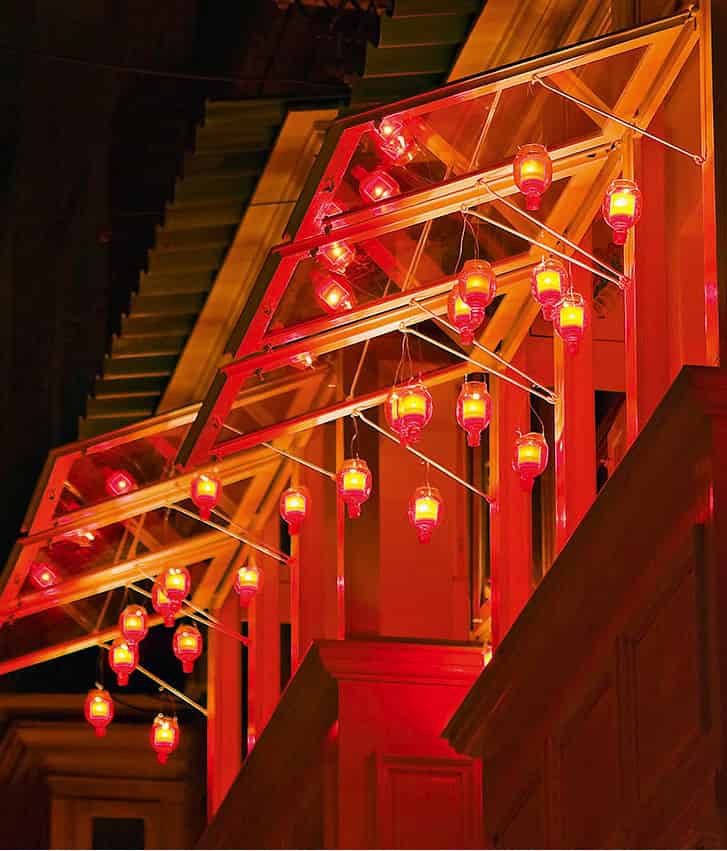
Lanterns in Vittoriosa, the Three Cities.
Malta Tourism Authority
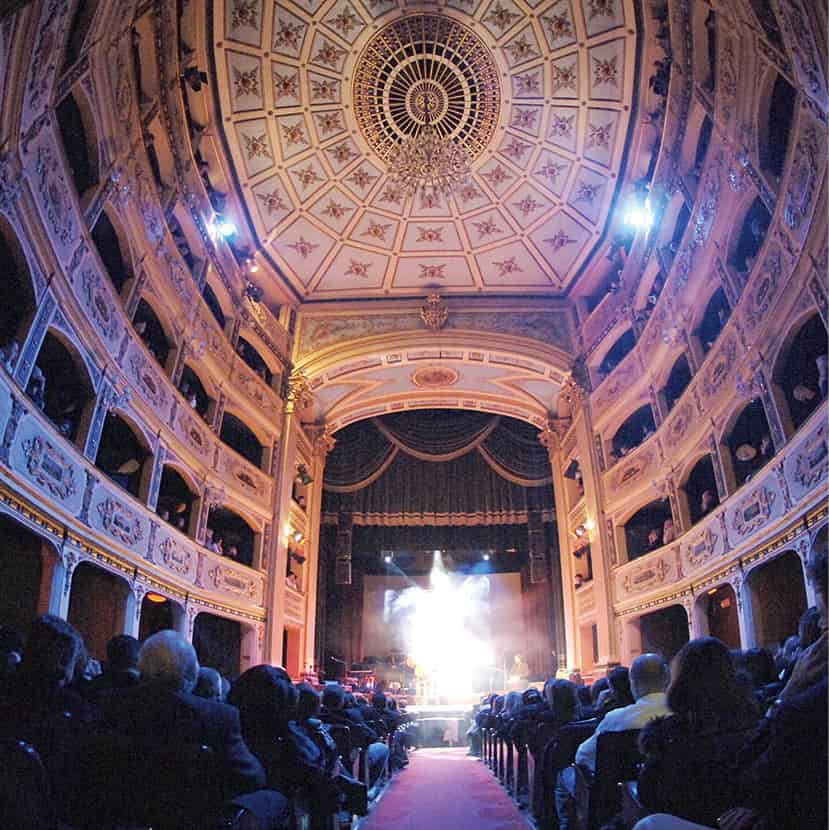
Inside the Manoel Theatre, Valletta.
Malta Tourism Authority
Theatre
Malta does have a long history of theatre, dating back to the primitive rituals performed here in honour of the fertility goddess during prehistoric times. Throughout the 17th and early 18th centuries, operas, pageants and dramatic productions stopped being exclusive to the nobility and demand boomed. Shows put on by amateurs and theatre professionals were then presented at the Knights’ auberges around the capital.
The Manoel Theatre, in Valletta, also carved its niche long ago. Commissioned by Grand Master Manoel de Vilhena in 1731, it is a 623-seat venue spread over three tiers, with boxes constructed entirely of wood and decorated with 22-carat gold leaf. Today it remains one of the most popular venues, attracting throngs of crowds throughout its busy calendar of theatre, dance and musical performances. Most theatre shows will be in English, so it is well worth trying to secure tickets while you are here, if only to soak up the atmosphere at this incredible venue.
Meanwhile the local theatre scene has established itself, too. Ever more edgy, local practitioners keep abreast of international trends and in-your-face, physical and pioneering performances are now presented alongside more traditional classics. Despite the fact that, strictly speaking, no professional theatre industry exists in Malta yet (as there are no budgets to support it), you are likely to come across one production or another most weekends of the year.
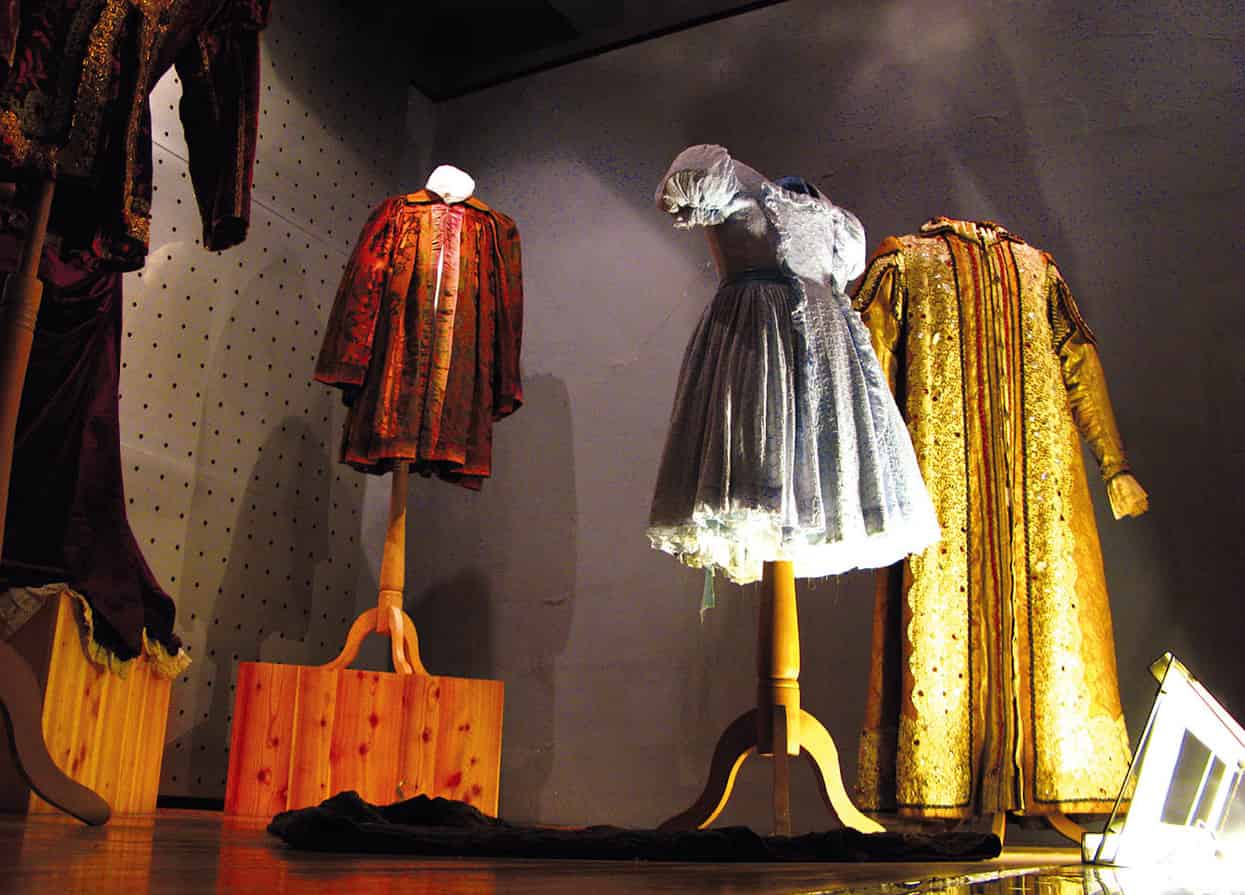
A variety of costumes on display.
Malta Tourism Authority
The theatrical calendar runs from October to May, but one of the most loved, long-standing theatrical traditions takes place every July. Courtesy of the Malta Amateur Dramatics Club, one of Shakespeare’s plays is performed annually under the stars, and has been for nearly 100 years. The club is the island’s oldest drama institution, and was first established by the British stationed here at the end of the 19th century. It now jostles for attention among other leading local theatre companies, including MellowDrama (www.mellowdrama.com.mt), Masquerade (www.masquerademalta.com), FM Theatre (http://fmtheatre.com) and Unifaun (www.unifauntheatre.com).
Plays in Maltese, obviously written or translated by local authors, have also found their place and are attracting a niche audience. The most popular venue for shows of this kind is the Catholic Institute in Floriana, which was originally built in 1954 as a monument to those fallen in the war. It is also the venue of the annual Choir Festival.
Pen to Paper
One of the most celebrated local authors and playwrights is Trevor Zahra, a teacher who has penned more than 120 works throughout his career. He has won the National Book Award 10 times, and in 2004 was decorated with the Medal for Services to the Republic in recognition for his contribution to children’s literature. His adult literature has also proved very popular. Not known for his shy-and-retiring work (it has raised a few eyebrows over the decades), his recent plays have included Minn Wara iz-Zipp (Zipped Down), a frank comedy about what goes on beneath men’s briefs, which packed local theatres for performances on end.
Opera
Despite the fact that Malta lost its opera house to the bombs of World War II in 1942, a love for the art endures. Every March, the Manoel Theatre hosts a lavish opera festival that attracts music lovers from all over Europe. Since 2013, performances have also been held in the Pjazza Teatru Rjal, an open-air theatre built on the site of the ruins of the former opera house in Valletta. Meanwhile, Gozo has become something of a hub for the genre with two active opera houses located in the capital city, Victoria. There is an air of competition between the two, but also one of collaboration. Opera lovers particularly enjoyed productions of Verdi’s most popular works, Aïda and Rigoletto – one at each venue.
Art
The Maltese art scene has always been rich, with a plethora of well-known local names through history that have included Giuseppe Cali, Edward Caruana Dingli and Francesco Zahra.
More recently, the local scene has also boomed, with several galleries opening their doors to showcase local talents. For obvious reasons, seascapes are typical of the islands, while sculpture is also popular. Maltese limestone, the soft yellow stone that is visible almost everywhere, has become a prevalent artist’s medium, too.
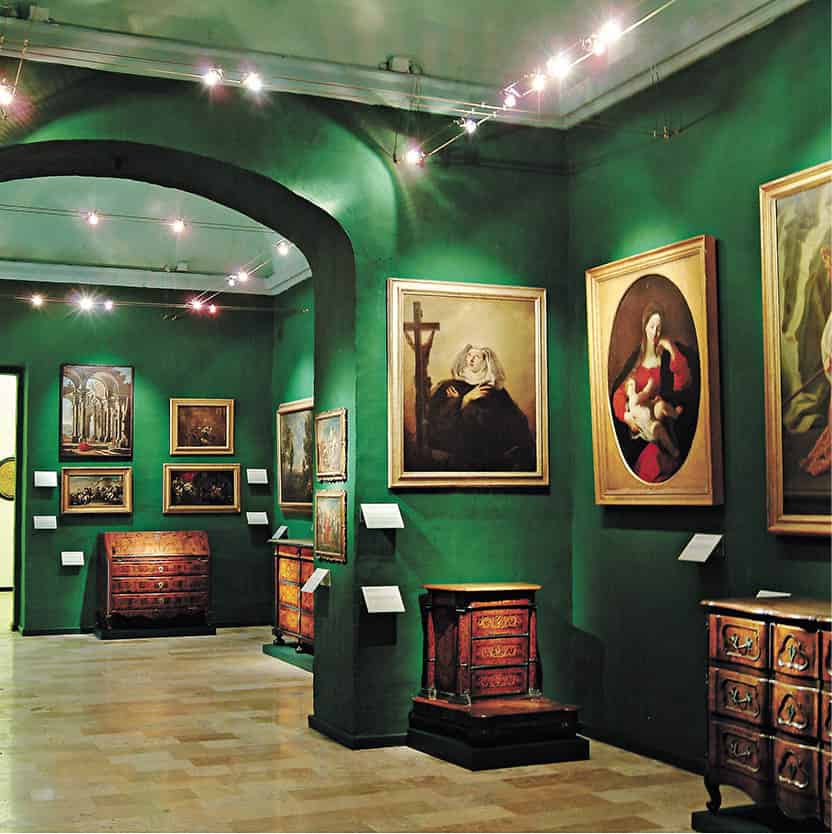
One of the galleries of paintings in the Fine Arts Museum in Malta.
Malta Tourism Authority
Ghana and the revival of Malta’s music
Another art form that is coming back in vogue is the Għana (pronounced “aana”), the foremost form of traditional Maltese music. Often improvised and performed at gatherings for friends and family, it is typically a four-line stanza consisting of eight syllables. Somewhere between a Sicilian ballad and the rhythmic wail of an Arabic tune, you should consider yourself lucky if you happen on an impromptu performance of this kind. It is usually sung by two or more għannejja (singers) as a song-duel. Both will carry out a conversation, with a guitar interlude between each stanza. It all involves a lot of comedy and quick wit, with most “duels” lasting for an hour or so.
Other traditional musical forms are also being coaxed back on to centre stage. The search for Maltese instrumental music led to the discovery of Edward Jones’s Maltese Melodies, consisting of 16 popular folk tunes dating back to the late 18th century. These are the earliest recorded Maltese folk melodies.
Today, the local music community is doing its bit to bring tunes of this type to the fore. Ruben Zahra, for instance, is a local expert and published a book called A Guide to Maltese Folk Music. His work often accompanies some of the most dynamic local events, including fashion shows and physical theatre.
The Maltese Tenor
One of Malta’s proudest cultural exports is international opera star Joseph Calleja. Elected to the prestigious Board of Directors of the European Academy of Music Theatre in 2015, Calleja has taken the opera world by storm and recent successes include role debuts at the Metropolitan Opera in New York and the Royal Opera House in Covent Garden, London. Calleja’s roles have included Rodolfo in La bohème, Edgardo opposite Natalie Dessay in Lucia di Lammermoor, and the Duke of Mantua in Rigoletto, the role in which he made his house debut in 2006. Fiercely patriotic, Calleja even named one of his albums The Maltese Tenor. He returns to Malta regularly and gives an annual open-air concert during the summer months. He has also co-funded charity organisations in his name that help young children and families in need, as well as young talented classical musicians.
As a result, Ghanafest, the Malta/Mediterranean Folk Music Festival, has now become a firm favourite every June. Highlights include workshops on traditional instruments and a special programme for children.
A culture of festivals
With the summer climate so conducive to life outdoors, it is no wonder that a culture of annual festivals has been cultivated in recent years. These unique events have created a boom, by bringing elements of the arts to the masses and putting them out there to be discovered.
Among them, the Malta Arts Festival is one of the most popular. For three weeks at the start of July, it aims to showcase the work of local and foreign artists and to present it in the most accessible way possible. It is a bonanza of performances, music and dance, and brings the capital city to life in a way many thought could never happen. The crowds of attendees are proof of this new demand for cultural activities, and whole families can be seen soaking up the exceptional atmosphere.
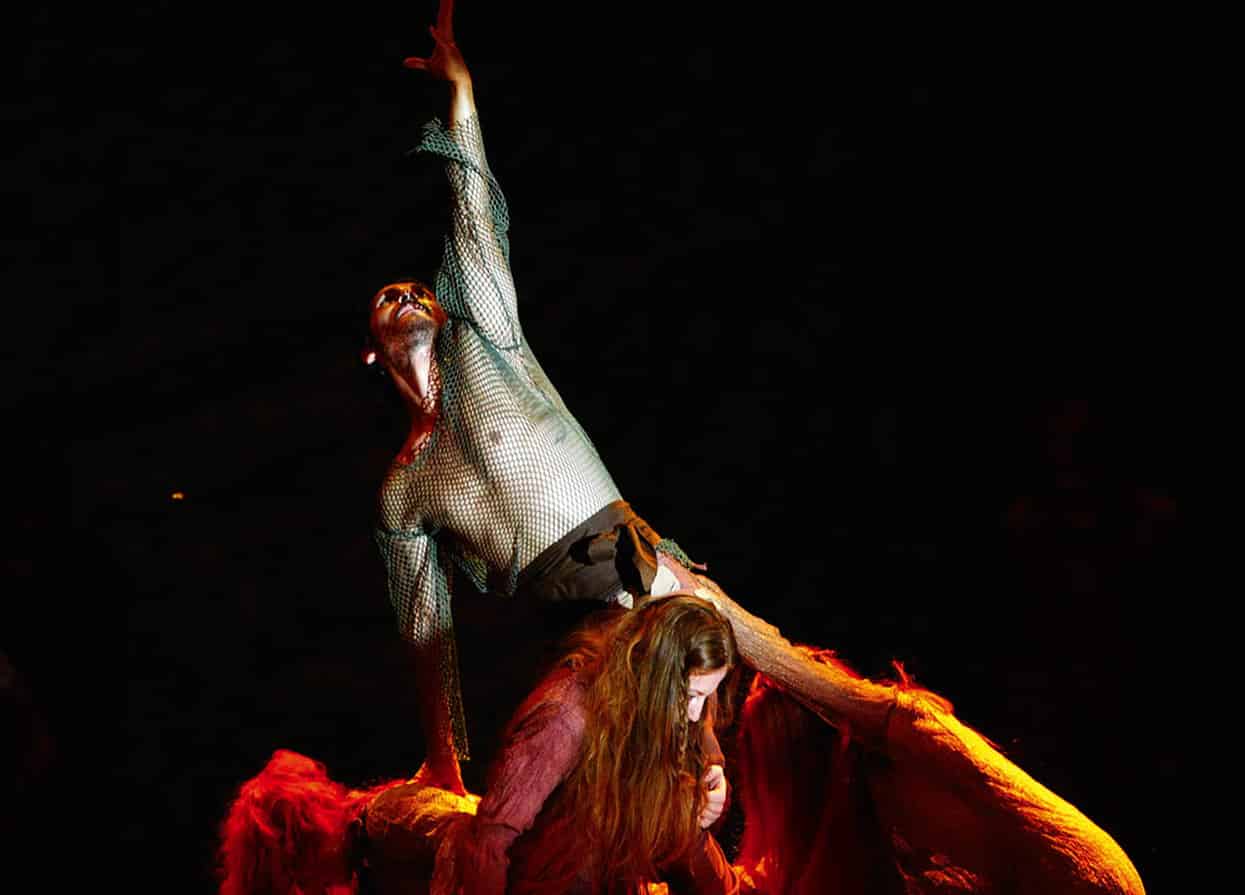
A dance performance at Malta Arts Festival.
Malta Culture
Maltese Pantomime
If you’re here over Christmas, try to secure tickets for the Christmas pantomime – a very Maltese take on a British tradition. For decades, the pantomime was the sole responsibility of the Malta Amateur Dramatics Club, and was only held at the Manoel Theatre. Originally introduced by the British who were stationed here, it does mimic the English version in many ways – which in itself mirrors the commedia dell’arte tradition. But the Maltese pantomime has evolved dramatically over the years, retaining British traits, but adding a very local flavour. It is now the Christmas show of choice for adults and children, who individually enjoy different, tailored elements of the same product.
As usual, the show revolves around a fairy tale such as Sleeping Beauty or Cinderella, and includes singing and dancing. One of the central characters is the “dame” – a bawdy man dressed as a woman who usually steals the show. Contrarily, the leading man is traditionally played by a girl dressed in knee-high boots – and he always gets the princess, of course.
Maltese tang is added in a variety of ways, with politicians and local personalities bearing the brunt of the constant jokes. Elements of Maltese comedy are also injected and the final result, while still spoken in English, feels authentically local.
Today, a second pantomime in English also takes place at the MFCC in Ta Qali, as well as one in Maltese at the Catholic Institute.
Similarly, the Malta Jazz Festival (held over a long weekend in July) has also made waves across the region. Since it was first introduced in 1990, it has attracted international stars including Joe Zawinul, Chick Corea, Mike Stern, John Scofield and the Brad Mehldau Trio. It is known to be a hub for exchanging musical experience, and the atmosphere really is like no other. Best of all, the magnificent and historic setting at Ta’ Liesse Whaft, across from the Grand Harbour, truly sets the scene for something spectacular.
Finally, to wrap up the calendar of summer arts festivals, Notte Bianca provides one magical night before the close of the season. Held every October, it injects 24 hours of artistic mayhem into the capital, with a spectacular, night-long celebration of culture and the arts. For one night only, roads and cultural venues come alive with a programme of entertainment designed to feature something to appeal to everyone. It also opens doors to venues that are usually closed, including state palaces and museums, and the streets and squares become locations for open-air concerts. Best of all, all art and musical forms are represented, from classical to pop and contemporary.
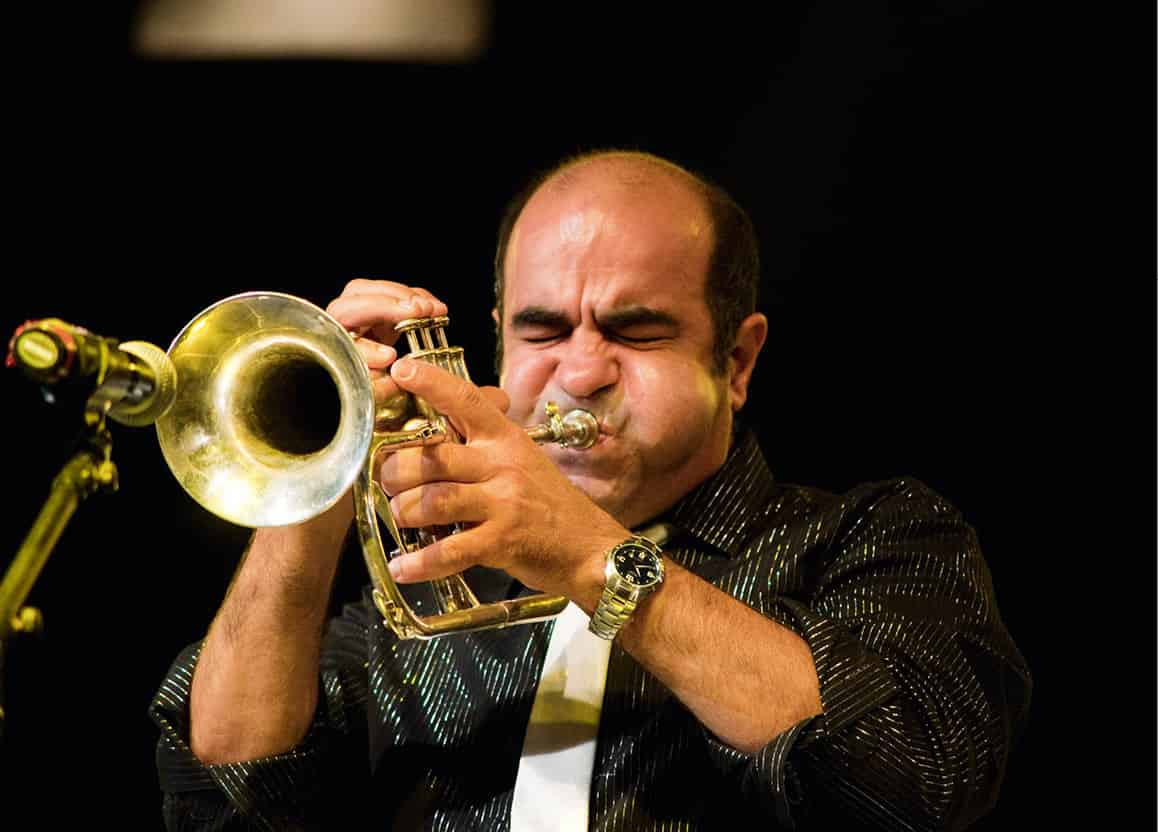
A musician pulls out all the stops at Malta Jazz Festival.
Malta Tourism Authority
Carnival
Although this new injection of culture has certainly made a difference, national festivals are hardly something new for the islands.
Dating back several hundred years to the 16th century, Malta’s vibrant February carnival has long been a celebration of colour and passion in the run-up to Ash Wednesday. And today it is just as energetic and exciting as it always was.
Handmade Market
Bringing Malta’s artists further to the fore is a specialised market called Patches, launched in 2010 as a way for individual artisans and those involved with the local contemporary art scene to sell their wares. It really is a treasure trove of beautiful things, bringing together quality, local designs from artists, designers, stylists and craftspeople. Part of the fun of this market is its location, which changes every time. Past editions have been held at the Upper Barrakka Gardens, with the beautiful backdrop of the Grand Harbour, as well as at the eclectic Suq tal-Belt (the Old Market on Merchants Street, Valletta).
Although things have changed a little to accommodate the developments in Valletta, the capital remains Carnival’s home. Everyone gets involved, from tiny children dressed to the nines in crazy costumes, to the grown men who dedicate their lives to crafting the huge floats that meander through the streets. A competition takes place annually, and the winning team is awarded the honour of building “King Carnival” for the following year.
For a twist on the family-friendly Carnival that takes place across the islands, the tiny village of Nadur, in Gozo, hosts a grizzly alternative. With blood, guts, gore and drinking, it is as macabre as it is animated – and great fun!
Meanwhile, the rest of the island gets into party mode. Official festivities take place, with dancing and singing through the streets, while, on the final day, a big Carnival parade culminates in the main street of Floriana with an impressive firework display.